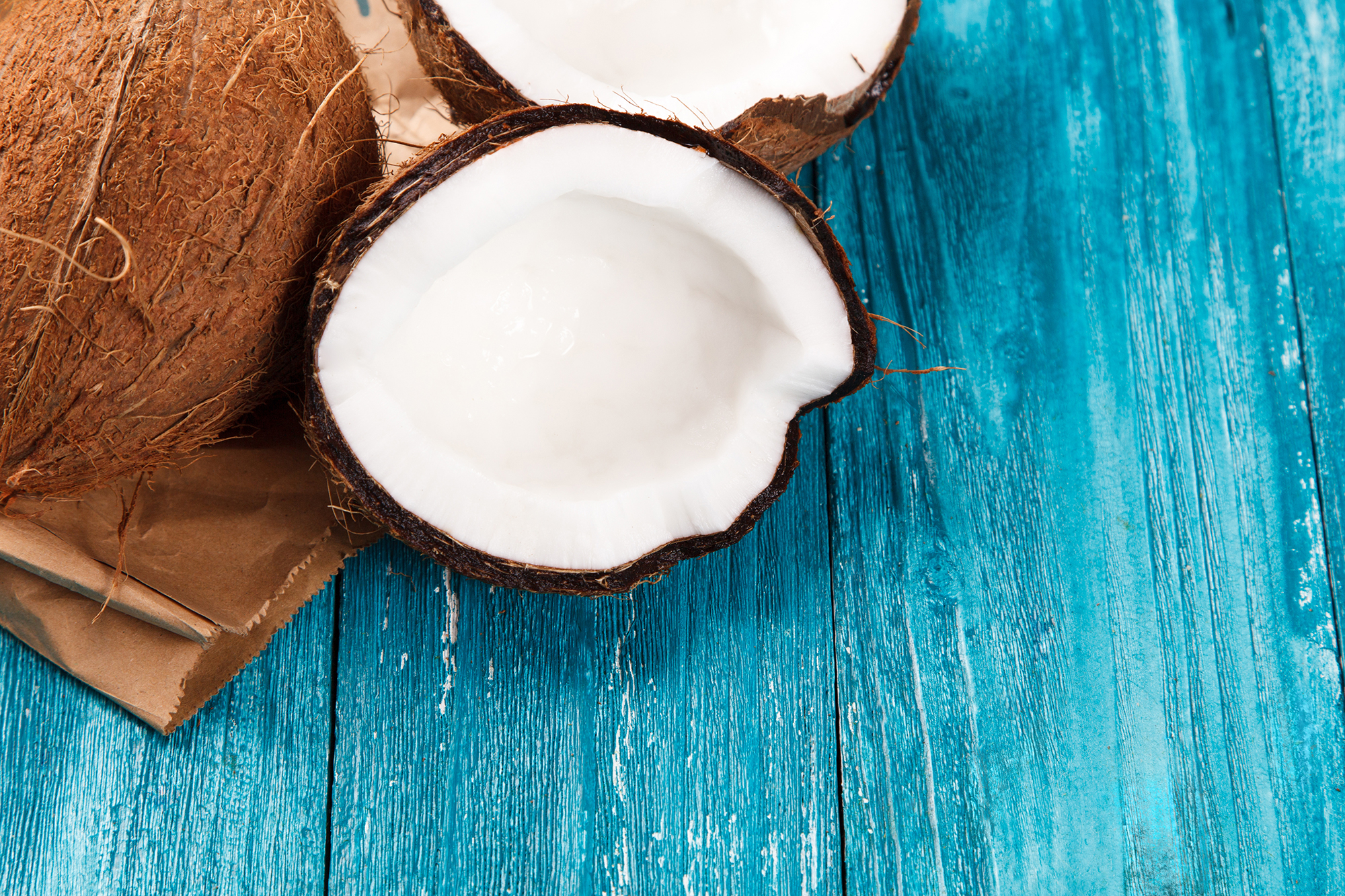
There’s a lot to be said for coconut, one of the world’s best high fiber food sources. It enhances cellular energy and metabolic processes and provides healthy short-chain and medium-chain fatty acids (MCFA).
Coconut is high in dietary fiber. It can improve digestion, and supports absorption of other nutrients. It is not actually a fruit, but what botanists call a drupe. Its precise origins are unknown, but are most likely from the Indian-Indonesia region. The plant spread to new parts of the world when coconuts were carried ashore on ocean currents.
We made sure that coconut was included when I blended soluble and insoluble fibers, herbs, whole food organic sprouts, and probiotics to create FBR.
When you crack open the coconut and analyze the meat, you’ll find one of the highest compositions of fiber as a percentage of carbohydrate. For coconuts, it’s 71%. That compares with 50% for cabbage, 57% for spinach and 56% for almonds. It’s one of the best ways to take advantage of high fiber without the downside of carbohydrates.
Fighting Back Against Processed Foods
It’s no secret that processed foods can be the source of countless problems, and one of the most significant is how processed foods strip away the high fibers that are essential for good health.
You don’t have to look any farther than the intestine to see this. Wastes don’t move through the intestines the way they should when there’s insufficient fiber. The right type of high fiber can support the body’s natural process of eliminating toxins and carcinogens.
It’s an essential nutrient that the gut microbiome depends on. If we’re going to restore diversity in the microbiome, we’re going to need fiber to get the job done.







